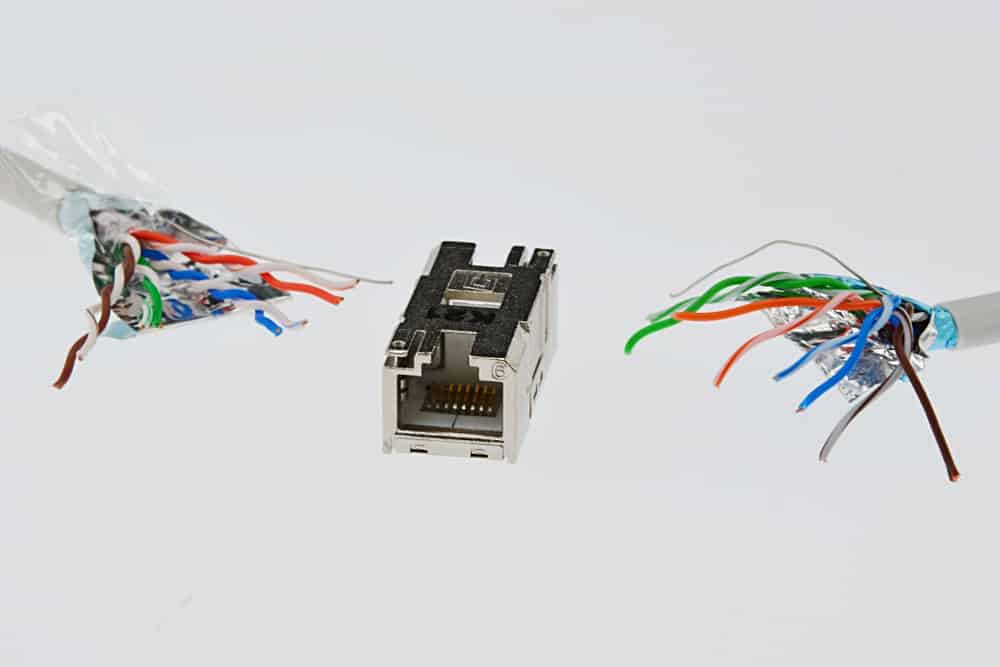
Upgrading your network system can get seriously taxing.
One of the things that will always be a source of confusion for many beginners is the wiring. What type of wire to use? What will get me the best speed? What to choose between shielded and unshielded?
Do I Need Shielded Cat6 In My House?
The questions keep piling on, as long as, you keep thinking about it.
Before you start planning your wiring system, there are a few questions that must not be unclear to you at all costs.
The first one is, why look for a category 6 cable?
If you have upgraded to a gigabit connection, a category 5 enhanced cable will cost you less money. But nowadays, in 2020, it’s better to wire your home with a category 6 cable.
It’s a well-known fact that higher bandwidth – when transferred through a cable – is more exposed to electromagnetic and radio interferences than lower bandwidth.
A category 6 cable like any other CAT cable is a twisted pair cable. Meaning, every 2 cables within the wire are paired together. This type of pairing eliminates all sorts of interferences and minimizes data loss. Minimum data loss will then translate into higher speeds as data packets due to a successful delivery will not have to be resent from the ISP.
So if your home is exposed to some form of slight interferences, using a category 6 cable instead of a category 5 enhanced cable for wiring is the best choice.
Now onto the second question, what to choose between category 6 UTP and STP?
To answer this question, we will have to differentiate between a shielded twisted pair (STP) and an unshielded twisted pair (UTP).
We have already explained what a twisted pair is and what it does. But what about shielded and unshielded?
Well, the shielded and unshielded cables were made to cope with electromagnetic and radio interferences. The unshielded cable (UTP) is the standard category 6 cable used in places with low interferences like a normal home or office. Whereas, the shielded cables are used to wire through places that are exposed to high electromagnetic and radio interferences. Also, as previously described when the bandwidth transferred is high, let’s say around 10 gigabits. There are more chances of data loss due to external interference.
Higher bandwidths are more vulnerable. To avoid this type of data loss bigger companies that have subscribed to higher bandwidth use shielded cables.
A shielded cable is similar to an unshielded twist pair cable with only a single difference. Instead of just insulation covering the twisted wires, the wires are first covered with a metallic foil then the insulation. The metallic foil has to be grounded because it will absorb the electromagnetic and radio signals and ground them through the metallic foil. This single addition minimizes the interference as much as possible.
But having an extra element has its downsides. The shielded twist pair ethernet cable is much harder to handle and much more expensive. The extra metallic foil makes the cable less flexible and doubles the wire’s girth.
So this brings us to the final question. Do you need a shielded cable for your house?
You will need a shielded cable if you think there is a high amount of electromagnetic and radio interference surrounding your house. So much that it has seeped into your house and is interfering with local bandwidth transference.
But this is quite unreal for a normal house. Unless you are living in the middle of an industrial complex. An unshielded cable is a much better choice if you are wiring the inside of your house.